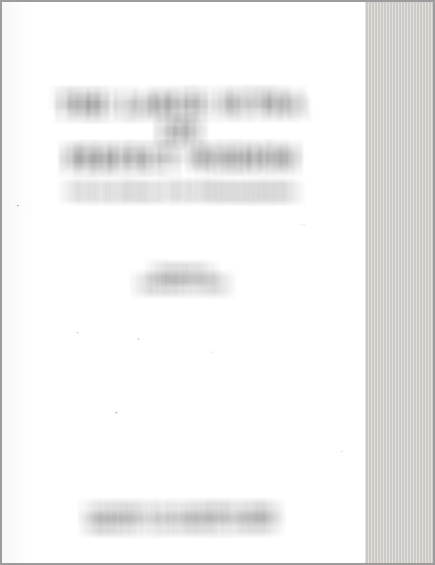Settlement in Early Historic Ganga Plain
by Chirantani Das | 143,447 words
This page relates “Resource area of the Anga-Magadha region” as it appears in the case study regarding the settlements in the Early Historic Ganga Plain made by Chirantani Das. The study examines this process in relation to Rajagriha and Varanasi (important nodal centres of the respective Mahajanapadas named Magadha and Kashi).
Part 2 - Resource area of the Aṅga-Magadha region
We may note the resource area of our first settlement zone. In the portion of Bihar corresponding to the ancient Aṅga and Magadha region settlements grew from Neolithic or even Mesolithic times though they were few and far between. Subsequently this gap was filled up by quick appearance of numerous sites. A number of proto historic and early historic sites of the next phase have been located. The region was rich in minerals, forest products, had good source of perennial water, good connectivity among settlements. In the Bhagalpur-Munger sector between Munger and Kahalgaon there is a bed of limestone that prevents southward erosion of the Gaṅgā. To its immediate south there is a belt of flooded country created by the over flown hill streams from rainy season. Even south to that there is an agricultural rich zone located a little upper than the last one.
Chandan–a non-perennial river is the main river of the area. The area was rich in forest products (silk worm and wild elephants) and minerals (iron, copper, argentiferous galena) the portion of the old Munger district lying to the south of the Gaṅgā was a river plain where Kharakpur hills acts as a watershed. In the east the Kiul and the Halohar rivers fall into the Gaṅgā. In the east flows the Man. Nodular iron ores, quartz, chlorite, argentiferous galena, antimony are the chief minerals. Besides Mahua, resin, lac constituted main forest products. This Bhagalpur-Munger area which stood for ancient Aṅga had several BRW-NBPW sites.
BRW sites are generally located in the river side. Jhimjhimiya-Kalisthan are two mounds with thin BRW layers with the larger one overlain by early historic deposit. BSW and NBPW sherds, chunks of banded agate for bead making, iron slag were also detected here. In the Munger-Lakhisarai-Jamui sector Uren, Deo Markandeya located near Nasirganj, Deo Umga at Gaya-Sasaram road, Nongarh located near main Lakhisarai-Jamui road all show BRW background.
Here distribution of settlements was divided in to four nuclei by Dilip K. Chakrabarti. These were
- Sultanganj area between Bhagalpur and Munger,
- Kahalgaon-Antichak area,
- around the market towns of Pirpainti and Sahibganj,
- Rajmahal zone.[1]
In this area Champā–the capital of Aṅga was the most important urban centre and the apex of all control of this region. Moreover it was the most important river port of not only this region but of the whole eastern India. Campā’s growth as a major nodal point was thus influenced by several factors. Availability of resource, complete authority over them and a convenient location along the trade routes made it a prime port and it was the capital of Aṅga. Its role was bigger than just a capital city.Winter cultivation and the scope of grazing created a prospective economic base to support growth of settlements.
Important BRW sites of the Magadha region were Deo Markandeya, Deo Umga, Kurkihar, Kenar Chhati, Miari and Devangarh. These sites are located in South Bihar. The Gaya-Bodhgaya sector is a compact archaeological zone with finding of NBP sherds near Vishnupada temple, Neolithic village of Taradih, presence of ancient village of Uruvela, Buddhist site of Kurkihar with miniature caityas with significant BRW-NBPW layers and other small villages with considerable BRW-NBPW deposit made it a composite archaeological zone that could yield a lot of clue on the growth of nodal points.
In the whole Aṅga-Magadha region three cardinal settlements may be clearly found. Starting from the east Campā is the most important settlement of the Rajmahal–Munger area. Citadel area of Campā faced the Gaṅgā in Bengal and surely controlled Bengal bound traffic. Next is the old Magadhan capital Rājagṛha in the Rajgir-Nawada-Bodhgaya sector and finally Pāṭaliputra the later Magadhan capital. In the archaeology of this region we see that trade played a very important role for a sound economy and growth of nodal points located along the trade routes. While the great cities stood at the top of the trading network, we see several fortified sites and ferry points often supervised portions of the routes and supported the superior settlements.
